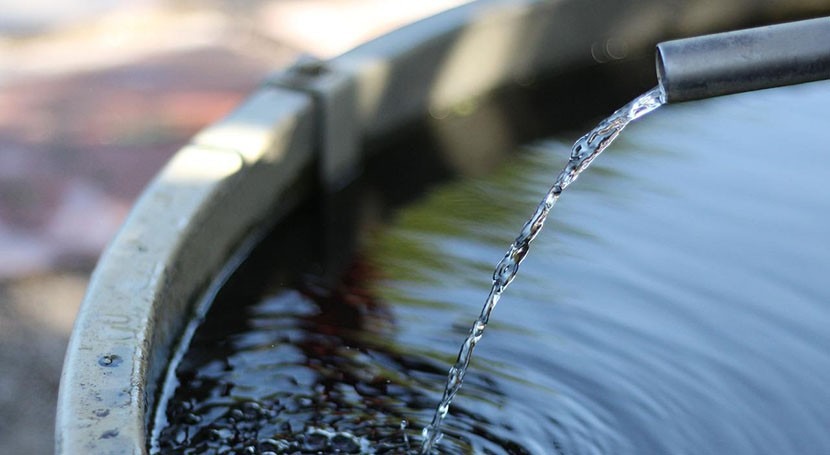The Environmental Protection Agency announced several new actions to address discharges of the “forever chemicals” known as PFAS into lakes, rivers, streams and other sources of drinking water, but more are needed to curb PFAS pollution.
First, the EPA released a memo addressing PFAS discharge limits and monitoring under industrial plants' and other facilities' Clean Water Act permits currently issued by the agency. States are responsible for issuing and enforcing most permits under the water law, but the EPA is responsible for permits in Massachusetts, New Hampshire, New Mexico, the District of Columbia, U.S. territories, and certain federal facilities, such as military bases. Incorporating discharge limits and monitoring requirements into these permits will help reduce PFAS releases into bodies of water near facilities in those states.
EWG estimates there may be nearly 30,000 sources of PFAS pollution from industries such as chemical manufacturers, textile mills, metal finishers and tanneries, among others. Because most facilities are not required to monitor for PFAS, it is impossible to know exactly how many manufacturers pollute nearby lakes, rivers and streams with the toxic forever chemicals that then make their way into the drinking water supply.
EWG estimates there may be nearly 30,000 sources of PFAS pollution from industries
Second, the EPA announced a new draft method for measuring “adsorbable organic fluorine” in water. The presence of fluorine is a very strong indicator of PFAS. It provides a total measure of likely PFAS in drinking water samples and will help develop estimates of the amount of PFAS being released that can’t yet be measured by methods that test for individual PFAS.
Finally, the EPA also announced draft limits on the two most notorious types of PFAS, PFOA and PFOS, in bodies of water. The draft limits reflect the amount of PFOA and PFOS that could harm plant and animal life. Determining that threshold is an important first step in creating industry-wide limits on discharges from manufacturers and wastewater treatment facilities. In the meantime, permit writers can use the new thresholds to create discharge limits that will protect plants and wildlife.
“PFAS polluters shouldn’t be able to ruin their neighbors’ water supplies,” said Melanie Benesh, legislative attorney at EWG, “Today’s actions are a step in the right direction, but stronger federal regulations are still urgently needed to curb industrial PFAS pollution. The EPA should also speed up its efforts to limit discharges from polluting industries.”
The EPA committed in its October “PFAS Strategic Roadmap” to develop federal regulations for nine industry sectors, including chemical manufacturers, textile mills, electronics manufacturers, metal finishers, tanneries, and plastics molders. But the roadmap did not include deadlines for finalizing those regulations.



















